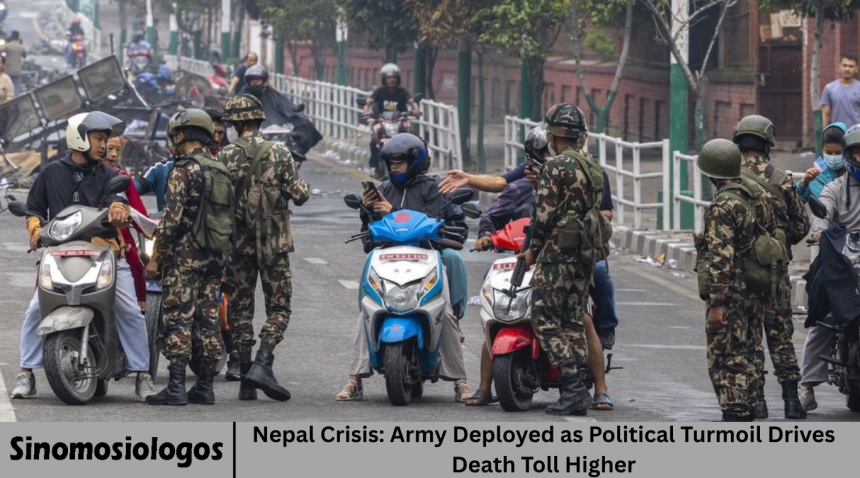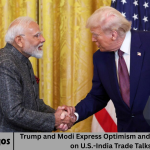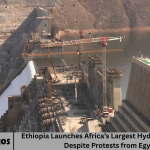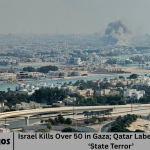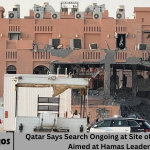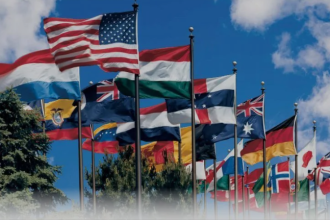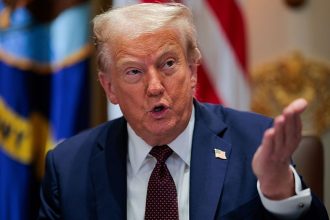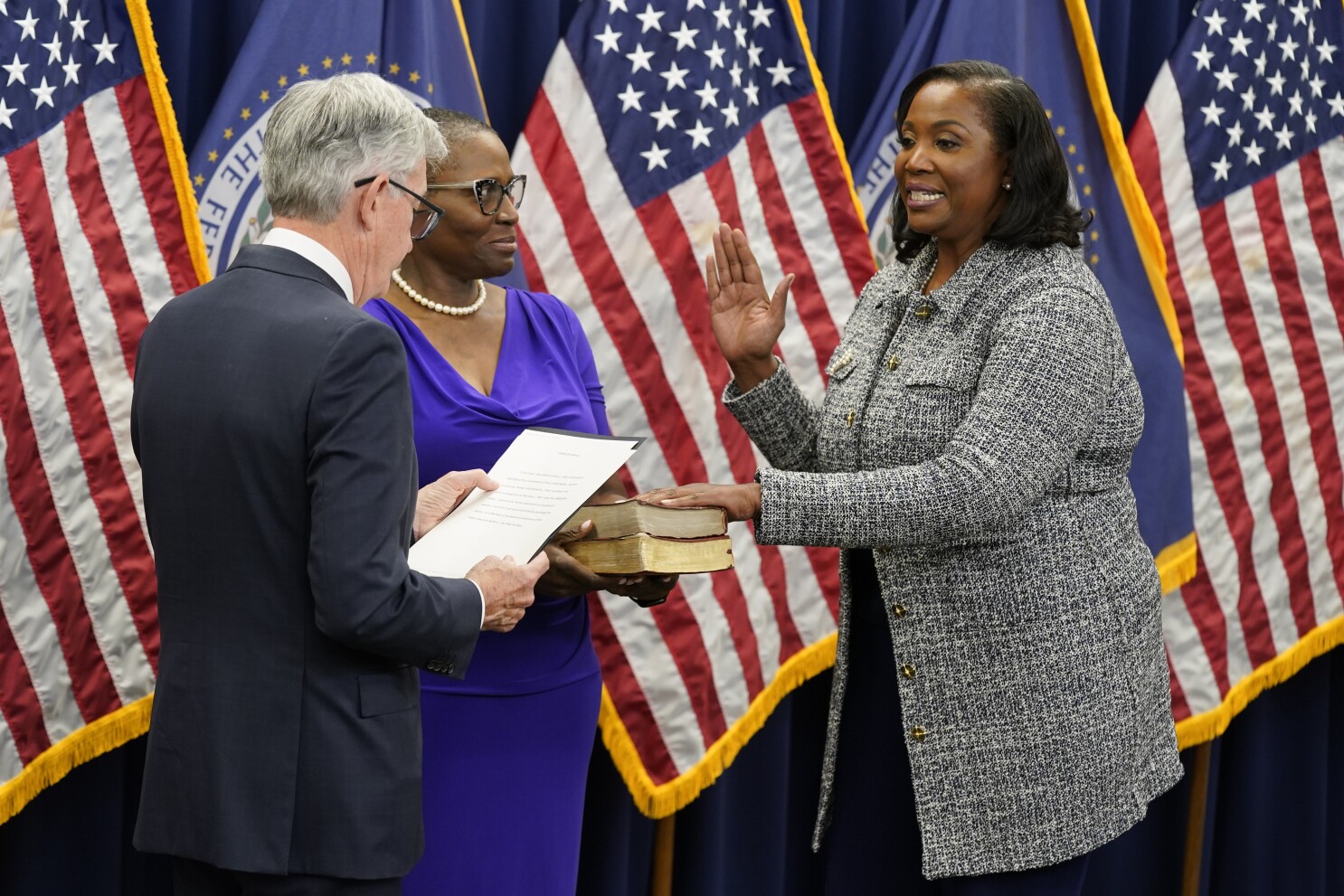Nepal is facing a deepening crisis as political turmoil spins into violence and the army has been deployed to restore order. The country has seen rising deaths, growing street clashes, and mounting fears among citizens.
Political leaders blame each other while ordinary people worry about safety, basic services, and the future. This article explains what happened, why the army was called in, how the crisis affects people across Nepal, and what might happen next.
How the Crisis Began
The current crisis grew from a long-running political struggle. Nepal’s politics have been marked by competing parties and shifting alliances for years. Recent events pushed tensions over the edge. Key political decisions and disputed moves by leaders triggered mass protests and counter-protests. When demonstrations turned violent, local police could not control the situation, and the government chose to use the military to try to calm things down.
The crisis also reflects deeper issues in Nepali society. Economic hardship, unemployment, and regional divides add fuel to political anger. Many people feel their voices are not heard, and some groups see street action as the only way to press their demands.
Why the Army Was Deployed
The government decided to deploy the army after local police forces struggled to control violence and protect civilians. Buildings were attacked, transport links were cut, and some streets became battlegrounds between rival groups. Officials argued that only a disciplined, trained force like the army could restore order quickly and stop the spread of violence.
The army’s role, as announced by authorities, is to secure key public places, protect critical infrastructure, and help emergency services reach those in need. Leaders say the deployment is temporary and aimed solely at bringing back peace.
What the Army Deployment Looks Like on the Ground
Soldiers have been posted at major intersections, government buildings, hospitals, and airports. Checkpoints now appear on busy roads, and patrols move through neighborhoods that saw the most violence. The military is using both foot patrols and vehicles, and in some places barricades are set up to control movement.
For many people, seeing soldiers on the street is a sign of how serious the situation has become. Some citizens feel relieved that a strong force is present to stop attacks. Others feel anxious and afraid, worried about possible misuse of power or the suspension of normal freedoms.
The Human Cost: Rising Death Toll and Injuries
The death toll has risen as clashes grew more intense. Protesters, police officers, and bystanders have been killed or badly injured. Hospitals report a surge of patients with gunshot wounds, burns, and blunt force injuries. Medical staff are working around the clock but face shortages of supplies and staff due to the unrest.
Beyond deaths and injuries, many people have been displaced. Families left their homes to seek safety with relatives or in temporary shelters. Markets and shops closed, and public transport was disrupted. The economic impact is deepening people’s hardship, especially for those who rely on daily wages.
The Political Players and Their Positions
Several political parties and figures are at the center of the crisis. Each side accuses the other of provoking the unrest for political gain. Some leaders call for dialogue and compromise, while hardline figures demand strong action and refuse to back down.
Key issues include disputed laws, changes to the constitution, and allegations of power grabs. Opposition groups claim the government is ignoring legal process and democratic norms. The government insists it is protecting national stability and acting within the law.
The complex mix of political rivalries, personal ambitions, and regional loyalties makes the situation hard to untangle. International observers worry that prolonged instability could erode democratic institutions in Nepal.
Impact on Daily Life and Basic Services
The unrest has disrupted daily life for millions. Schools have closed in many areas, and many workplaces are shut or working at reduced capacity. Fuel and food supplies have been affected by blocked roads and reduced transport. People waiting in long lines to buy staples report shortages and rising prices.
Health services face both increased demand and interrupted supplies. Some clinics are operating with limited staff because medical personnel fear traveling amid the violence. Electricity and communication services have been disrupted in some regions, making it harder to coordinate relief and share critical information.
Economic Consequences
Nepal’s economy is already fragile, and the crisis threatens to deepen the damage. Tourism, a major source of income, has come to a halt in key areas. Small businesses that depend on daily customers are forced to close, causing immediate loss of income for many families.
Foreign investors and aid programs may pause activity until the situation stabilizes. Remittances from Nepalis working abroad are a lifeline for many households, but disruptions at home can reduce the flow of goods and services that those remittances support. Overall, the economic outlook will worsen if conflict continues.
Role of Security Forces and Human Rights Concerns
Security forces, including police and army, face the difficult task of restoring order while respecting citizens’ rights. Human rights groups have raised concerns about excessive use of force, arbitrary arrests, and restrictions on free speech and assembly. There are reports of clashes where live ammunition was used and of people held without clear charges.
The government says it will investigate abuses and hold wrongdoers accountable. However, independent monitoring is hard during active conflict, and civil society organizations call for international oversight to ensure transparency and accountability.
Media, Information, and Misinformation
Information during the crisis is uneven. Some news outlets report facts from the ground, while social media spreads images and claims that are hard to verify. Rumors and false information can inflame tensions, leading to more fear and violence.
Many people rely on social media for updates, but officials sometimes block platforms or limit internet access in an effort to control unrest. These shutdowns create their own problems, hindering communication and complicating humanitarian relief.
Humanitarian Needs and Relief Efforts
Humanitarian organizations are trying to respond to urgent needs, but access is often limited by security concerns. There is a pressing need for medical supplies, food, clean water, shelter, and psychological support for victims and displaced families.
Local community groups and volunteers are organizing relief in areas they can reach. International agencies have offered assistance, but help may take time to mobilize given the volatile environment.
International Reactions
Foreign governments and international bodies have expressed concern about the crisis. Some countries call for restraint, respect for human rights, and a peaceful political solution. Others offer to mediate talks or provide humanitarian aid.
Neighboring countries watch closely, concerned that instability could spill across borders. International diplomacy may play a role in encouraging dialogue and offering technical support for conflict resolution.
Possible Paths to Resolution
Three broad paths could help end the crisis. First, political dialogue and negotiation between rival groups could lead to compromise and a return to normal politics. This requires leaders to show flexibility and a willingness to give ground on some demands.
Second, a neutral mediation effort by respected national figures or international mediators could help bridge divides and propose a roadmap for restoring stability. Third, legal and institutional measures, such as judicial review and parliamentary procedures, could set a clear process for resolving disputed issues.
Any successful path must also include measures to heal social divisions, rebuild trust, and ensure justice for victims. Long-term peace will likely require reforms that address the root causes of frustration and exclusion.
The Risks of Prolonged Military Presence
While the army can restore short-term order, a prolonged military presence carries risks. Extended deployment may normalize the use of armed force in politics, weaken civilian institutions, and create resentment. It can also hamper normal political processes, making it harder to return to democratic governance.
To avoid these risks, authorities should set clear timelines and conditions for withdrawing the military, prioritize civilian oversight, and commit to rapid, transparent steps to restore normal law enforcement control.
Voices from the Ground
People across Nepal express a mix of fear, anger, and hope. Families of those killed or injured demand justice and accountability. Business owners worry about losing everything. Young people call for peaceful change and say they do not want to live with constant threats of violence.
Religious and community leaders urge calm and compassion. Many ordinary citizens help each other with food, shelter, and care, showing resilience even in hard times.
Long-Term Lessons and Reforms
The crisis highlights the need for long-term reforms. Strengthening democratic institutions, improving rule of law, increasing economic opportunities, and making governance more inclusive can reduce the chance of future unrest. Investing in emergency response systems, better training for police, and stronger community dialogue mechanisms could help handle conflicts nonviolently.
Political leaders must also rebuild public trust. Transparent decision-making, open communication, and accountable governance are essential for long-term stability.
The Road Ahead
The situation in Nepal remains fragile. The army’s deployment may stabilize some areas, but a political solution is vital to stop the cycle of violence. Citizens and leaders face hard choices about how to balance security with rights, and how to heal the deep political divides that have brought the country to this point.
International partners can support mediation and humanitarian aid, but lasting peace must be driven by Nepalis themselves. The coming weeks will be critical in determining whether Nepal moves quickly toward dialogue and recovery or slips into longer-term instability.
Frequently Asked Questions
What triggered the recent crisis in Nepal?
The crisis began after disputed political actions and rising tensions between rival parties led to mass protests and violent clashes. Underlying issues like economic hardship and political exclusion also contributed to the unrest.
Why was the army deployed?
The army was deployed because police forces could not control the violence and protect civilians. Authorities say the military is needed temporarily to restore order and secure key sites.
How many people have died and been injured?
Exact numbers change as investigations continue. The crisis has led to multiple deaths, many injuries, and cases of people displaced from their homes. Health services report a sharp increase in emergency cases.
Are basic services still working?
Many services are disrupted. Schools and businesses in affected areas have closed, transport is limited, and medical services face shortages. Relief and recovery efforts are underway where possible.
What are the risks of a long military presence?
A prolonged military presence can weaken civilian government, erode democratic norms, and fuel resentment. It may make it harder to return to normal political processes and can hinder long-term reconciliation.
How can the crisis be resolved?
Resolution requires political dialogue, possible mediation, and steps to restore trust and justice. Reforms to address root causes such as economic inequality and exclusion will be essential for lasting peace.
How can ordinary people stay safe?
People should follow official safety instructions, avoid protest areas, seek shelter if needed, and stay informed through reliable local sources. Community support networks can also help those in need.
Will international actors get involved?
International actors have expressed concern and may offer mediation, humanitarian aid, or diplomatic pressure for a peaceful resolution. However, any lasting solution must be led by Nepalese stakeholders.
Conclusion
Nepal’s crisis, marked by a rising death toll and the deployment of the army, is a stark reminder of how political disputes can spiral into violent conflict. The immediate priority is to protect civilians, provide humanitarian relief, and end the violence. At the same time, long-term political solutions and reforms are needed to heal divisions and build a stronger, fairer society.
Leaders must choose dialogue over force, justice over revenge, and reform over short-term fixes. Only by addressing the root causes of unrest and ensuring accountable governance can Nepal hope to return to peace and draw lessons from this painful time.


